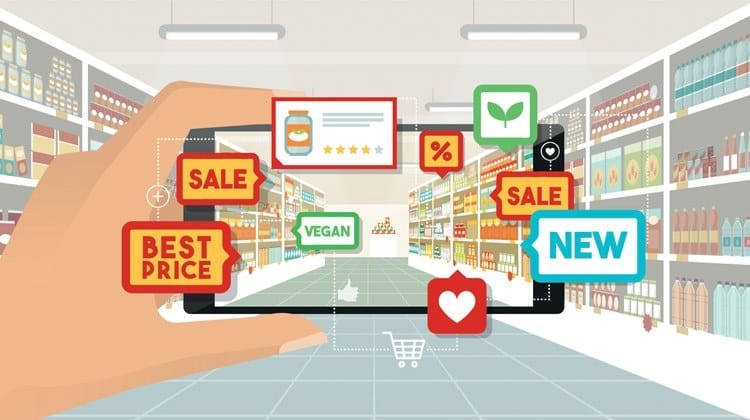Retail marketing solutions
Retail makes a profit by meeting the demand of the end consumer Smart Film Thailand. Therefore, the retailer is faced with the task of attracting and retaining buyers, increase sales at lower operating costs. To do this, they are forced to constantly look for new marketing strategies. Given the shortage of goods and most stores offer a similar range of goods and provide a variety of quality services, expanding the range of consumers is becoming increasingly difficult. This is forcing many retailers to reconsider their attitude to marketing and implement modern marketing strategies in their trading activities.

The nature of retail marketing decisions largely depends on the chosen direction of achieving the main goal of the retail business: high profits due to the large volume of services provided to customers smart film pdlc with relatively low turnover or maintaining a relatively low level of profit with high turnover and limited services.
A high level of return on capital invested in retail trade is achieved through continuous improvement of the asset management process through the use of complex information systems. Thanks to them, the optimization of inventories and their rapid rotation is provided, creating conditions for high-quality customer service. The high level of service, of course, attracts customers, but it can be provided only if you pay for such services.
The model of low profit and high turnover ratio of inventories is aimed at achieving high operational efficiency and cost savings, the consequences of which are transferred to the buyer. Therefore, a low-profit, high-turnover retailer is characterized by a decrease in the overall level of service, such as poorer store placement, limited personal service, reduced financial and delivery services, and so on. Thus, this model of operating activities is based on reducing costs, which are transferred to some segments of consumers with specific purchasing behavior.

When defining the target market, it is necessary to clearly define the segment of customers on which the store will focus: high, medium or low income. What will be of primary interest to buyers who will be the target market: variety of products, depth of range, quality of services and level of service or low prices? Without defining the boundaries of the target market, it is impossible to make decisions about the range of goods, services Chiefway Thailand, price levels, advertising, store design, as well as any other decisions aimed at capturing and maintaining certain market positions.
Choosing your target market, listening to and caring about your customers, valuing your employees and maintaining tight cost control are the principles that ensure success in the retail market.
The positioning of the store consists of such elements as the range of goods, the atmosphere of the store, the principles of pricing, sales staff, location and many other factors that affect the activities of the retail business. Retailers who have defined their target market must do everything possible and impossible to convey to the buyer as complete information as possible about the principles of their work. The forms and methods of their work should provide consumers with exactly the values that are promised to them, even if the list of such consumer values is limited.
Positioning activities include: collecting data on all existing and potential customers of the store; formation of the range on the basis of information about the needs of the main group of buyers; use of targeted media to reach the main segment of consumers; financing activities aimed at conquering regional and ethnic markets; work with customers when they make a purchase in the store, because most decisions about buying people have directly at this time.
